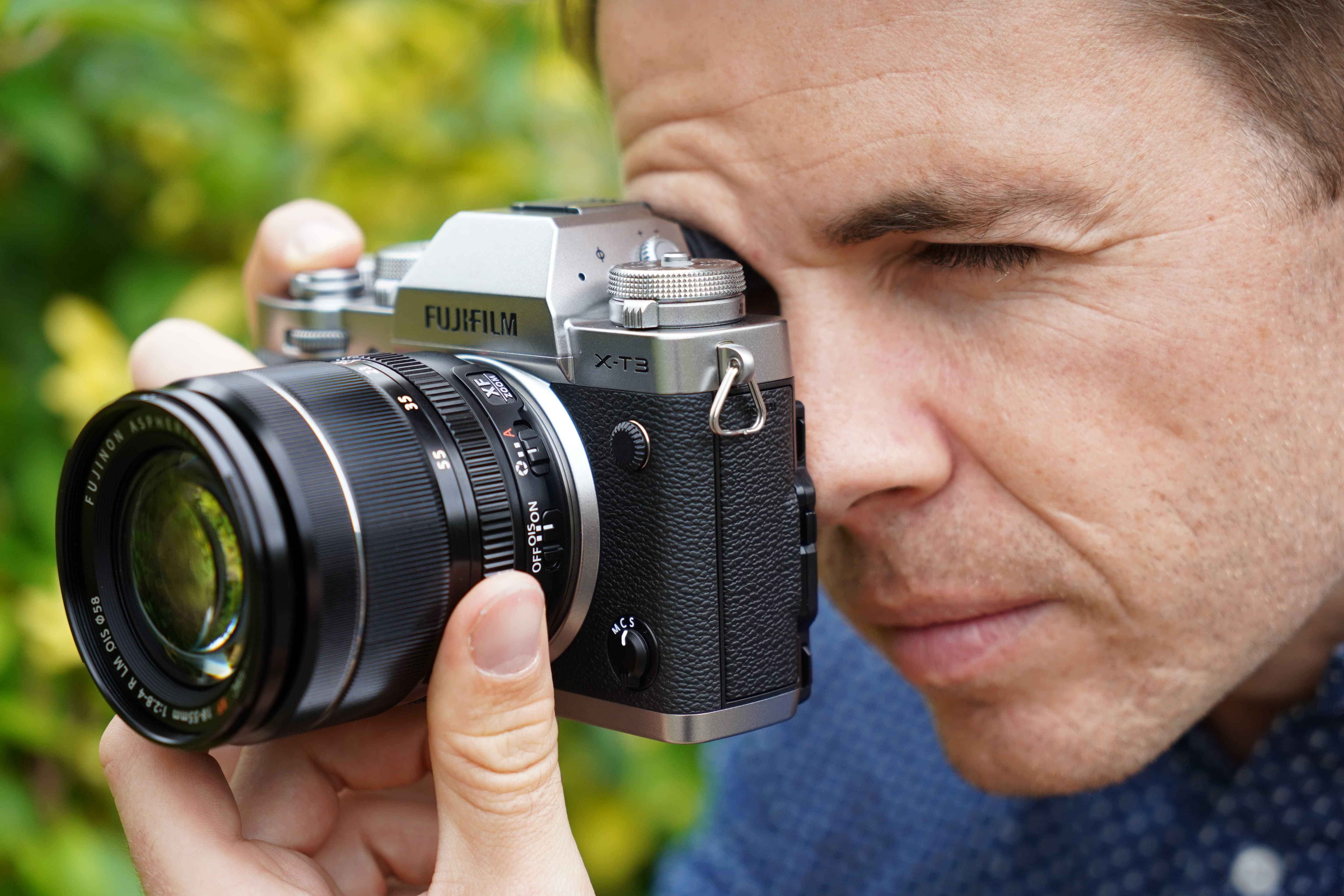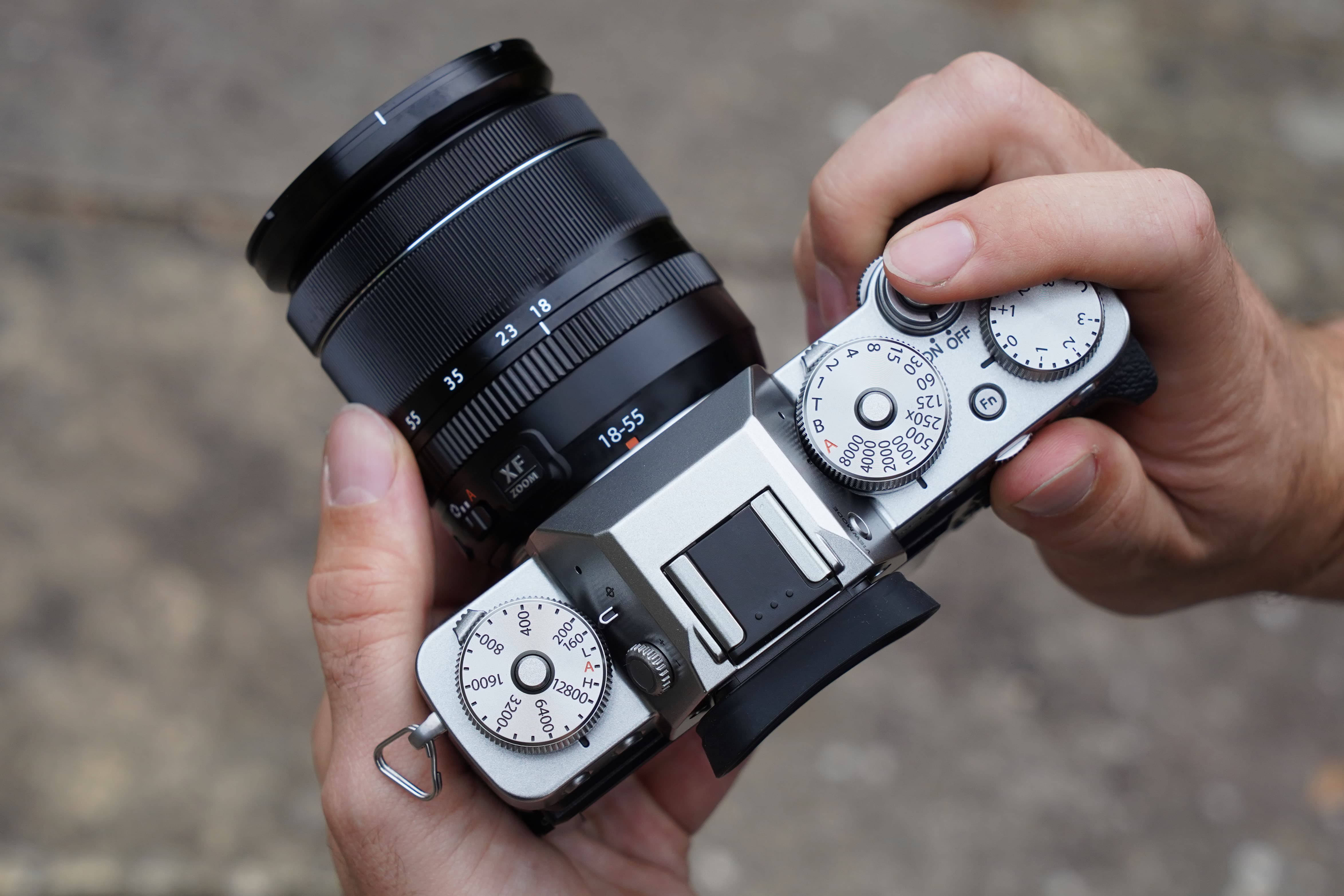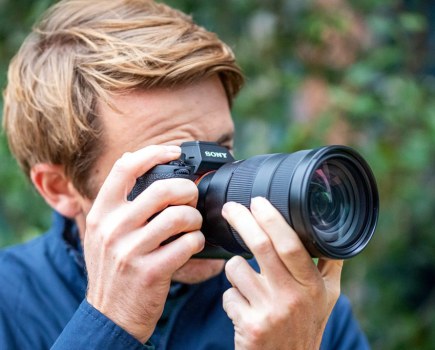Fujifilm X-T3 sample images
We’ve seen a flurry of new cameras released of late, with the most recent being the Fujifilm X-T3. This new addition in Fujifilm’s X-series follows on from the highly successful Fujifilm X-T2 that was announced in 2016 and introduces many new features that look set to make it one of the most desirable APS-C mirrorless cameras on the market. It positions itself above the X-T20 and below the X-H1 in Fujifilm’s current X-series lineup.
Read our comprehensive review of the Fujifilm X-T3

Compared to the Fujifilm X-T2, which offered a 24.3-million-pixel APS-C X-Trans CMOS III sensor, the new Fujifilm X-T3 is equipped with a new 26.1-million-pixel APS-C X-Trans CMOS 4 sensor that teams up with Fujifilm’s latest X-Processor 4 imaging engine. The back-illuminated APS-C chip has more phase detection pixels, which now span right across the frame. The native sensitivity range of the new sensor runs from ISO 160-12,800 and can be expanded to ISO 80-51,200.
The low-light autofocus limit has also been extended by two stops from -1EV on the X-T2 to -3EV on the X-T3, enabling accurate AF even in low light conditions. Thanks to the new processor, a dramatically improved autofocus performance is also promised with substantially enhanced face/eye detection. Whereas the X-T2 had a 325-point AF system, the X-T3 has a much more sophisticated 425-point AF system that we’re looking forward to putting through its paces.

The X-T3 boasts a 0.5in, 3.69-million-dot high resolution EVF with a high magnification ratio of 0.75x. It has a display time lag of just 0.005 seconds and refresh rate of 100fps. Unlike the X-T2, continuous shooting at 11fps with the mechanical shutter no longer requires the use of a battery grip and blackout-free continuous shooting at up to 30fps is available when the camera’s electronic shutter is activated.
Read our comprehensive review of the Fujifilm X-T3
The Colour Chrome Effect that up until now has only available in Fujifilm’s medium-format mirrorless digital camera, the GFX50S, is also carried across. It’s intended to produce deeper colours and gradation in subjects with highly saturated colours. Users are also given better monochrome adjustment on the X-T3, with the option to warm up or cool down black and white images. This function is available in the standard Monochrome mode as well as the much-loved ACROS film simulation mode.
Below the viewfinder, the X-T3 features a 3in, 1.04-million dot touchscreen just like you find on the Fujifilm X-H1. It tilts in three directions too like the X-T2’s screen, however we’re still not at the stage yet where the touchscreen can be used to navigate the main menu. As well as being a very capable stills camera, the X-T3 will appeal to serious movie makers. It’s Fujifilm’s first model to feature 4K/60P 4:2:2 10bit HDMI output and 4K/60P 4:2:0 10bit internal SD card recording.

In addition to the above, the X-T3 will, after applying a firmware update to be released by the end of 2018, support video recording in the Hybrid Log Gamma (HLG), one of the formats defined in the ITU-R BT.2100 international standards.
The X-T3 is little different from the X-T2 in terms of design, though a few tweaks have been made across the body. There’s now a 3.5mm headphone jack, the terminal cover is fully removable and the dioptre can be locked which wasn’t possible before.
As well as being made in black, the X-T3 will be available to buy in a silver and black finish. It’ll hit camera stores and online retailers from the 20th September at a price of £1,349 (body only) or £1,699 (with the 18-55mm kit lens). The new vertical battery grip (VG-XT3) will cost £299.

The images below were all shot on the X-T3 in the JPEG (Fine) format with a selection of XF lenses, including the XF 18-55mm f/2.8-4 R LM OIS, XF 56mm f/1.2 R APD, XF 50-140mm f/2.8 R LM OIS WR and a pre-production sample of the new XF 200mm f/2 R LM OIS WR. Click on the links below to view the full-size files.







